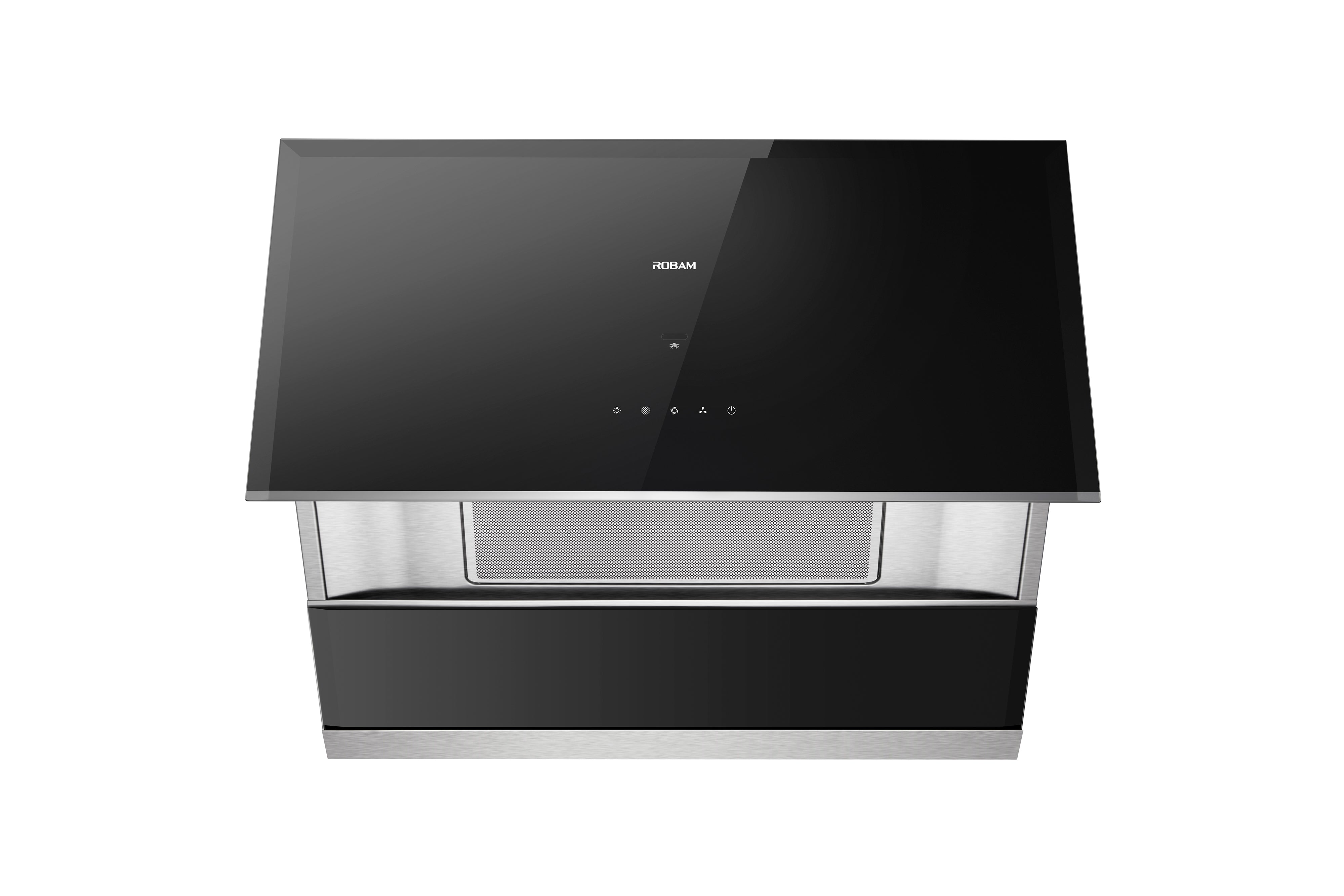Many homeowners wonder whether an electric stove or cooktop requires a vent hood. There’s a common misconception that only gas stoves need ventilation because they use an open flame. In reality, all stoves—gas, electric, induction, and coil—benefit from proper ventilation.
This guide explains why electric cooktops still need ventilation, how to size the right hood, whether ducted or ductless systems are better, and answers the most searched questions users ask online.

Why Electric Cooktops Still Need a Vent Hood
Even though electric stoves produce less heat than gas ranges, they still release:
- Steam
- Grease particles
- Cooking odors
- Smoke
- Airborne chemicals released from heated oil or food
Without proper ventilation, these pollutants circulate in your kitchen and settle on surfaces, cabinets, and walls. A range hood helps by:
- Removing smoke and airborne grease
- Reducing humidity and heat buildup
- Improving indoor air quality
- Protecting cabinets and backsplash from long-term damage
- Keeping your kitchen cleaner and more comfortable
Conclusion:
Yes — electric stoves need a hood. Ventilation is not only for gas appliances.
How Much CFM Does an Electric Stove Require?
Range hood power is measured in CFM (cubic feet per minute) — how much air the hood can move when operating at maximum speed.
Minimum CFM Rule for Electric Cooktops
A simple rule of thumb:
Hood CFM = Cooktop width (in inches) × 10
Examples:
- 24-inch cooktop → 240 CFM minimum
- 30-inch cooktop → 300 CFM minimum
- 36-inch cooktop → 360 CFM minimum
Recommended CFM for Best Performance
While the minimum formula works, most manufacturers recommend:
At least 600 CFM for electric cooktops
This ensures better capture of smoke, steam, and oil vapors—especially if you cook frequently, sear, fry, or boil large pots of water.

Does the Hood Need to Be Wider Than the Stove?
For optimal ventilation performance, a hood the same width as your cooktop is generally sufficient.
- Example: A 30-inch stove works well with a 30-inch hood.
A properly sized hood effectively captures smoke, steam, and cooking odors while maintaining a clean kitchen environment.
Types of Range Hoods: Which Is Best for an Electric Stove?
Electric stoves work with both ducted and ductless systems.
1. Ducted (Vented) Range Hoods – Best Air Quality
A ducted hood removes dirty air entirely from your home.
Pros:
✔ Best at removing heat, smoke, and odor
✔ Recommended for frequent cooking
✔ Improves indoor air quality the most
Cons:
✘ Requires duct installation
✘ Higher installation cost
2. Ductless (Recirculating) Range Hoods – Easy Installation
Ductless hoods use charcoal filters to clean the air and circulate it back into the room.
Pros:
✔ No ducting required
✔ Lower installation cost
✔ Suitable for apartments or small kitchens
Cons:
✘ Filters must be replaced regularly
✘ Not as effective as ducted systems
✘ Cannot remove heat from the kitchen

Is a Hood Required by Code for Electric Stoves?
In most regions, building codes do not legally require a hood for electric stoves.
However, many codes require some form of ventilation, especially in enclosed kitchens.
Even where not required, a hood is strongly recommended for health, comfort, and cleanliness.
Electric vs. Gas vs. Induction: Do They All Need Ventilation?
|
Stove Type |
Needs Hood? |
Why |
|
Electric |
Yes |
Removes smoke, steam, grease |
|
Induction |
Yes |
Produces steam & particles even without flame |
|
Gas |
Strongly yes |
Removes combustion byproducts + cooking pollutants |
|
Coil |
Yes |
Generates strong heat & smoke |
Ventilation is about the cooking process—not the fuel source.
FAQ: Most Searched Questions About Electric Stove Ventilation
1. Do electric cooktops need to be vented?
Yes. Venting improves air quality and removes grease and smoke—regardless of fuel type.
2. Do you need a vent hood for an electric stove?
Strongly recommended. It keeps your kitchen cleaner and prevents odor buildup.
3. Does an electric stove need to be vented outside?
Not required, but venting outside is the most effective option.
4. Can I use an electric stove without a hood?
Yes, but expect:
- More smoke and lingering odors
- Grease on cabinets
- Higher humidity
- Poor air quality
5. Do induction cooktops need a vent?
Yes—induction still produces steam, odor, and grease from food.
6. What is the thing above the stove called?
It can be called a:
- Range hood
- Vent hood
- Exhaust hood
- Kitchen hood
- Extractor fan
7. Are range hoods required?
Not always by law, but recommended by HVAC experts and appliance manufacturers.
8. Do ventless (recirculating) hoods work for electric stoves?
Yes, although they are less effective than ducted hoods.

Final Recommendation
For the best performance and kitchen air quality:
Choose a hood with:
- At least 600 CFM
- Proper size compatibility with your cooktop
- Ducted ventilation, if your kitchen layout allows
Robam offers a range of high-performance kitchen hoods designed for electric cooktops, induction stoves, and traditional ranges.
|
Product Name |
Application Focus |
Product Features |
|
Ideal for Large Kitchens |
High performance, powerful smoke extraction, ducted system only. |
|
|
Perfect for Medium Kitchens |
Strong smoke and odor extraction, easy installation. |
|
|
Great for Modern Homes |
Energy-efficient, low noise, suitable for home use. |
|
|
Designed for High-Volume Cooking |
Ultra-quiet, excellent air purification for intensive cooking. |
Reference
Do You Need a Vent Hood With an Electric Stove?



















